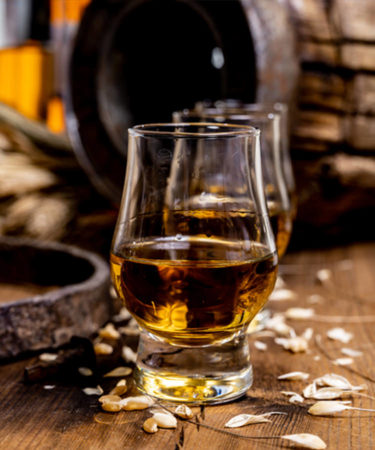Many wine lovers will be familiar with terroir — the concept that the flavors present in a glass of red or white can reflect the unique environment and climate where grapes were grown. Until now, it has been largely understood that terroir does not translate to spirits such as whiskey. But a new study suggests that is not the case.
According to Decanter, the soon-to-be published study has linked the flavors present in Irish whiskey to the origin of the grains used to make it.
Waterford Distillery, based in the Republic of Ireland, has taken the reins in the quest to link whiskey and terroir, a subject shrouded in much contention. Critics have claimed that any terroir that could be displayed in whiskey would be destroyed by distillation and aging.
Yet, authors in the Waterford-led study have found that both growing season and vintage can influence a whiskey’s flavor, with their findings based on a result of a laboratory conducted sensory analysis experiment.
The analysis included 32 sample spirits micro-distilled from two breweries in different locales: Bunclody in County Wexford and Athy in County Kildare. Additionally, the spirits were made using two separate barley varieties, Olympus and Laureate.
While the spirit from Bunclody was marked by its light floral and fruity notes, the spirit from Athy was described as having a heavier taste, with toasted almond notes and an oily, malty finish.
Whether or not terroir is present in whiskey can be classified by its complex aroma compounds, we love it still.
